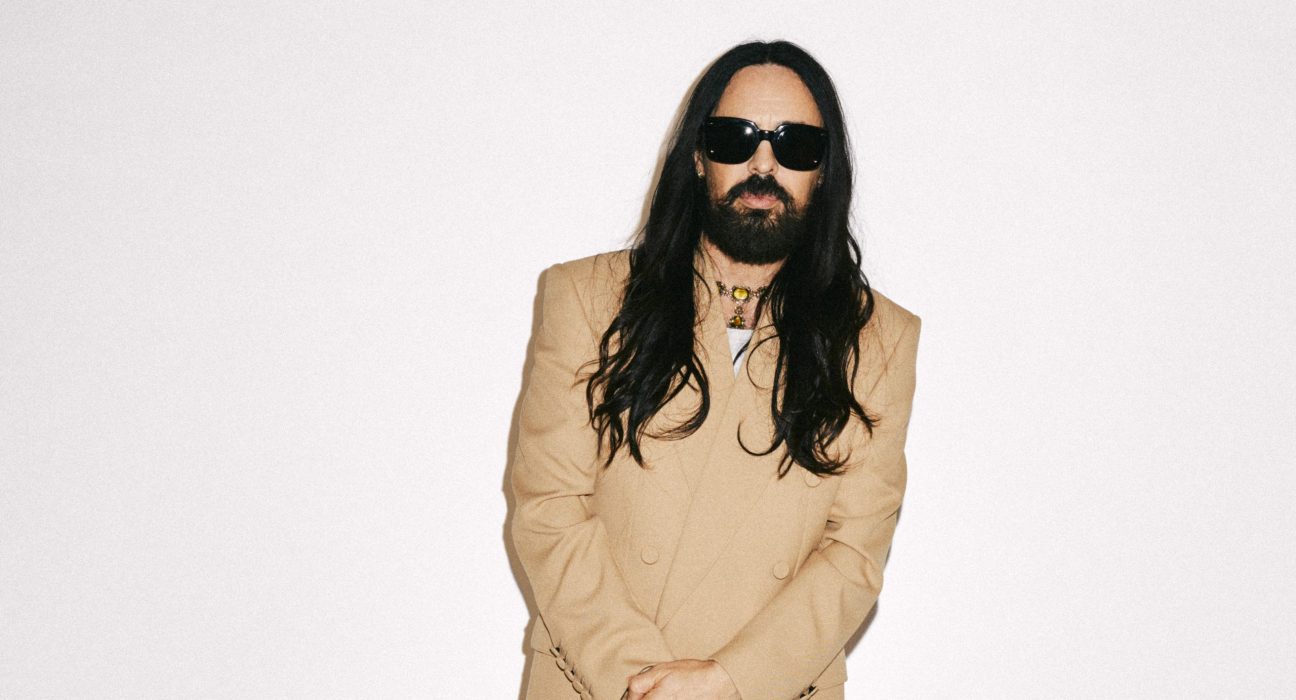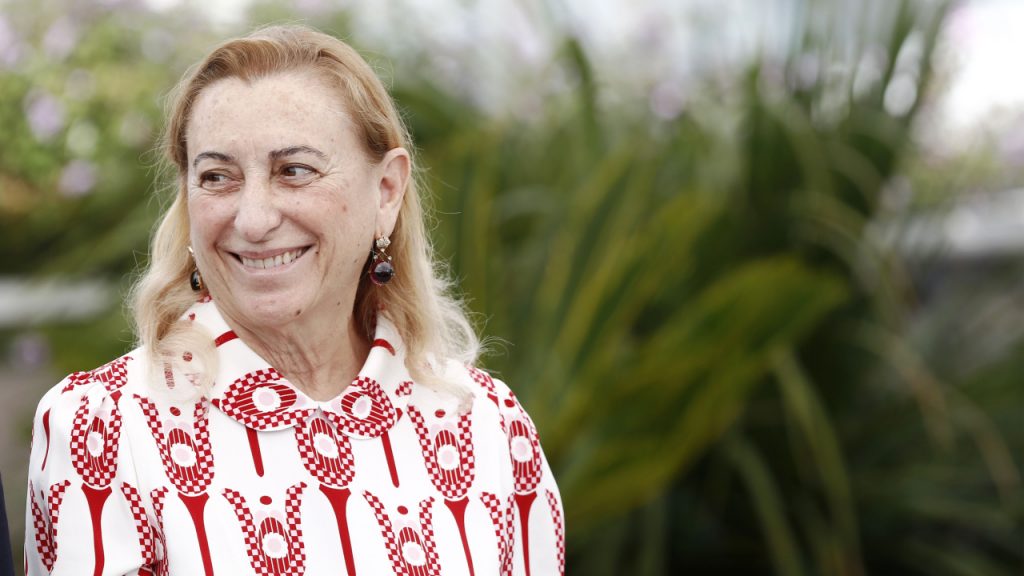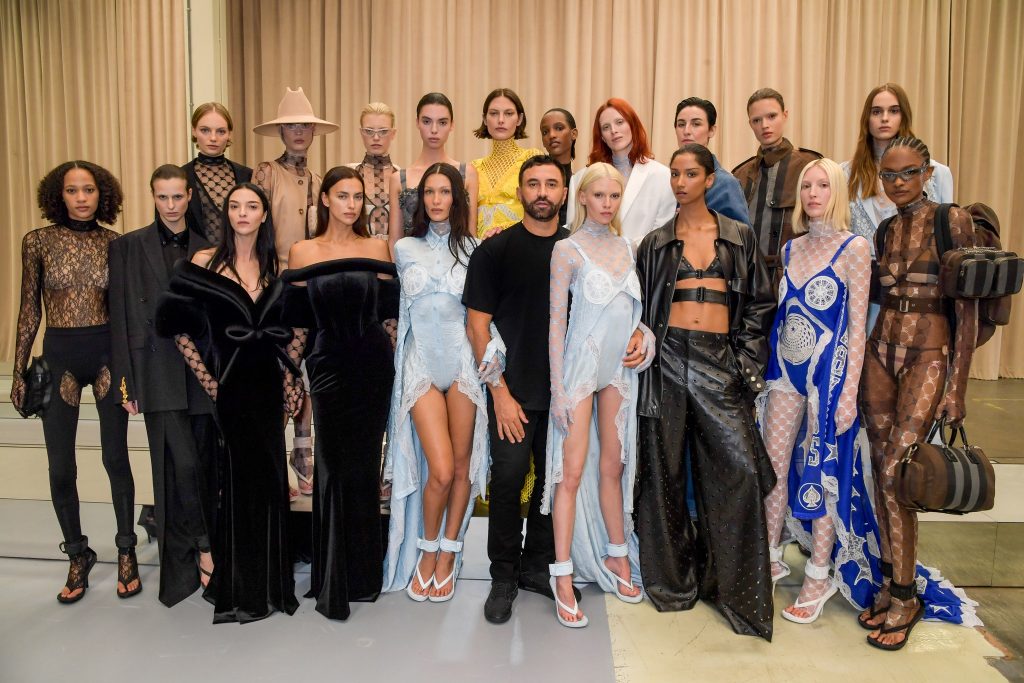The Great Resignation? Fashion CEOs And Creative Directors That Exited In 2022

[ad_1]
If 2021 was the year of Chinese tech billionaires calling it quits, 2022 has been the year of fashion shakeups at the C-suite level. After another difficult 12 months of pandemic lockdowns in China, inflationary pressures, and labor shortages — or what many are calling the “Great Resignation” — some leaders have felt it best to step away from their role to give themselves, and their struggling company, a fresh start.
In March, Joshua Shulman abruptly ended his brief seven-month stint as Michael Kors’ chief executive despite being poised to take over the reins of its parent company, Capri Holdings. In June, Julie Wainwright announced her resignation as the CEO of The Realreal, the luxury resale platform she founded in 2011, before it even had the chance to turn an annual profit. And a month later, CEO Sonia Syngal ended her 18-year career at Gap Inc. after the American apparel retailer suffered a net loss of $162 million (1.1 billion RMB) in the period ended April 30. These are just the tip of the iceberg.
So who’s come and who’s gone? And what do the new appointments mean for the future of these companies? Below is a recap of some of the major reshuffles that happened in the fashion industry in 2022.
Alessandro Michele Bids Adieu To Gucci
In November, Alessandro Michele bowed out as creative director of Gucci, stating that “there are times when paths part ways because of the different perspectives each one of us may have.” Revenue at Gucci almost tripled during this seven-year tenure, from roughly $4 billion in 2015 to $10 billion in 2021 (27 billion RMB to 69 billion RMB). Thanks to Michele’s maximalist flair and gender-fluid style, Gucci became synonymous with eccentric yet glamorous designs and memorable catwalks. As CEO of Kering Francois-Henri Pinault remarked, “his passion, his imagination, his ingenuity, and his culture put Gucci center stage, where its place is.”
However, revenue growth started to slow during the pandemic and Kering shares have lagged behind those of its peers. Dampened by its exposure to the Chinese market, Gucci grew just 4 percent in the three months to June 2022, a drop from the 13 percent growth the quarter before. It will be interesting to see how a new creative director will kickstart momentum and reinvent the Italian heritage label — and whether audiences will be receptive. Until then, the design office will continue to carry the direction of the house forward until a new leader is announced.
Miuccia Prada Steps Down As Prada Group CEO

Miuccia Prada will be stepping down as the co-CEO of Prada Group in early 2023. Photo: Shutterstock
In December, Miuccia Prada and her husband Patrizio Bertelli resigned as co-CEOs of the Italian luxury fashion house group. Prada, named one of the most influential women in the world by Forbes, helped put her family’s company on the map by designing one iconic product after another, from Nylon backpacks to “ugly chic” ready-to-wear. Meanwhile, Bertelli would focus on the business side. His work pushed the company, once strictly a leather goods maker, to expand into womenswear and menswear.
Unlike others on this list, the duo aren’t going far. Bertelli will remain as the company’s chairman of the board and Prada will continue to serve as the co-creative director of Miu Miu, which was recently named Brand of the Year for 2022 by Lyst. Andrea Guerra — the former CEO of Luxottica, who helped triple the eyewear conglomerate’s sales between 2003 and 2013 — is set to be confirmed as the new chief executive of Prada Group by the board next month. That said, this is just a stepping stone before Prada and Bertelli’s son, Lorenzo Bertelli, takes over in the next few years.
Daniel Lee Replaces Riccardo Tisci At Burberry

Riccardo Tisci left his post as Burberry’s Chief Creative Officer at the end of September. Photo: Burberry
After a star-studded presentation of its Spring 23 collection, British luxury brand Burberry announced that its chief creative officer Riccardo Tisci would step down by the end of September. Under Tisci’s direction, Burberry revived its visual identity with the Thomas Burberry Monogram, released its inaugural men’s fragrance, launched high-profile collabs, and, perhaps most importantly, became relevant to younger consumers.
Succeeding him is designer Daniel Lee, who left his post at Bottega Veneta in November 2021 and took over from Tisci in October the following year. Lee had a hugely successful run at the Italian house, offering fresh designs and new color palettes — think Pouch Bag and “Bottega Green” — that have become “It” looks among A-list celebrities and fashion influencers. By joining forces with Burberry’s new chief executive Jonathan Akeroyd, who took charge in April 2022, perhaps the 166-year-old trench coat maker will be able to accelerate sales (comparable store sales rose just 1 percent in the three months to July 2) and reach its long-term ambition of hitting £5 billion ($6 billion or 42 billion RMB) in revenue.
Kasper Rørsted Exits Adidas

Kasper Rørsted will be succeeded by the former CEO of Puma, Bjørn Gulden. Photo: Adidas
In August, Kasper Rørsted announced he would be leaving his CEO post at the end of the year, well before his contract expires in 2026. The news came shortly after Rørsted stated in an interview that “we made mistakes in China,” which quickly dominated global headlines and became a trending topic on Weibo. Indeed, Adidas has faced an onslaught of challenges since the pandemic. Besides the ongoing consumer boycott in the mainland, the German sportswear manufacturer has struggled with high inventory, slowing global demand, and more recently the loss of Ye’s Yeezy partnership — causing it to cut its full-year guidance.
Starting January 1, 2023, Bjørn Gulden, CEO of Puma, will take charge. Gulden, who has three decades of experience in the sporting goods and footwear industry, helped steer a big comeback at Puma by embracing wholesale (Gulden doesn’t believe in a complete DTC strategy, he told Vogue Business) and rebalancing fashion and performance categories. Thanks to his efforts, Puma is now the third largest sportswear manufacturer in the world and reported another record quarter in October. As such, Adidas is hopeful that the transition will lead it “into a new era of strength.”
Steve Rendle Retires As VF Corp. CEO

Steve Rendle announced his exit after nearly six years as CEO and nearly 25 years with VF Corp. Photo: VF Corp.
In December, Steven Rendle stepped down as president, chairman, and CEO of VF Corp., after nearly six years in the position and almost a quarter century with the fashion group. The Denver-based company has been weighed down by sluggish demand, COVID-19 disruptions, debt from the Supreme acquisition, and issues with its most profitable label Vans. In fact, global chief marketing officer Kristin Harrer said in an interview with WWD that Vans’ DNA hasn’t been updated in seven to 10 years, while Kevin Bailey, global brand president, added that the skate line “failed to adequately monitor and swiftly and effectively adapt to the changes we need to make.”
The search is currently underway for Rendle’s permanent replacement — big shoes to fill given VF Corp.’s large multi-brand portfolio. But perhaps the change in leadership is exactly what the fashion group needs to reevaluate how it is communicating with consumers and turn Vans back into the hottest youth culture brand out there.
[ad_2]
Source link






